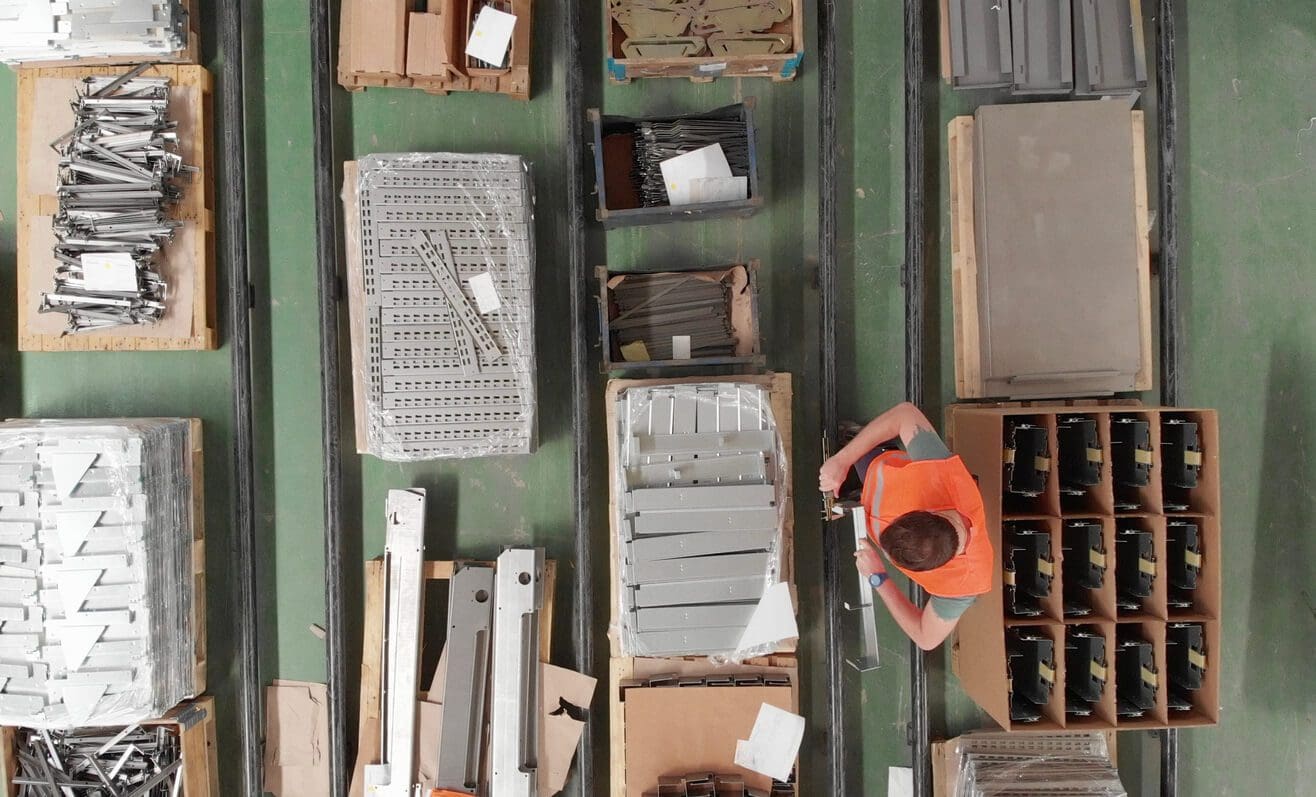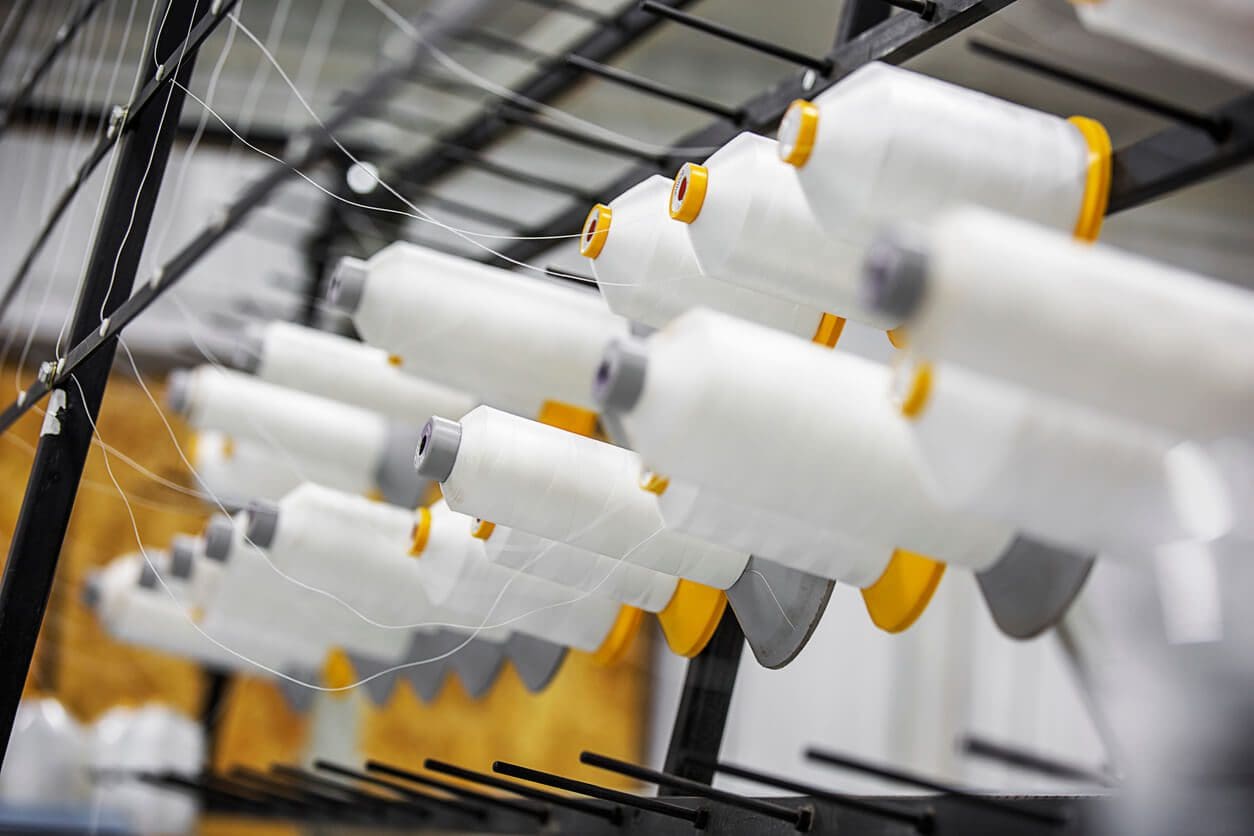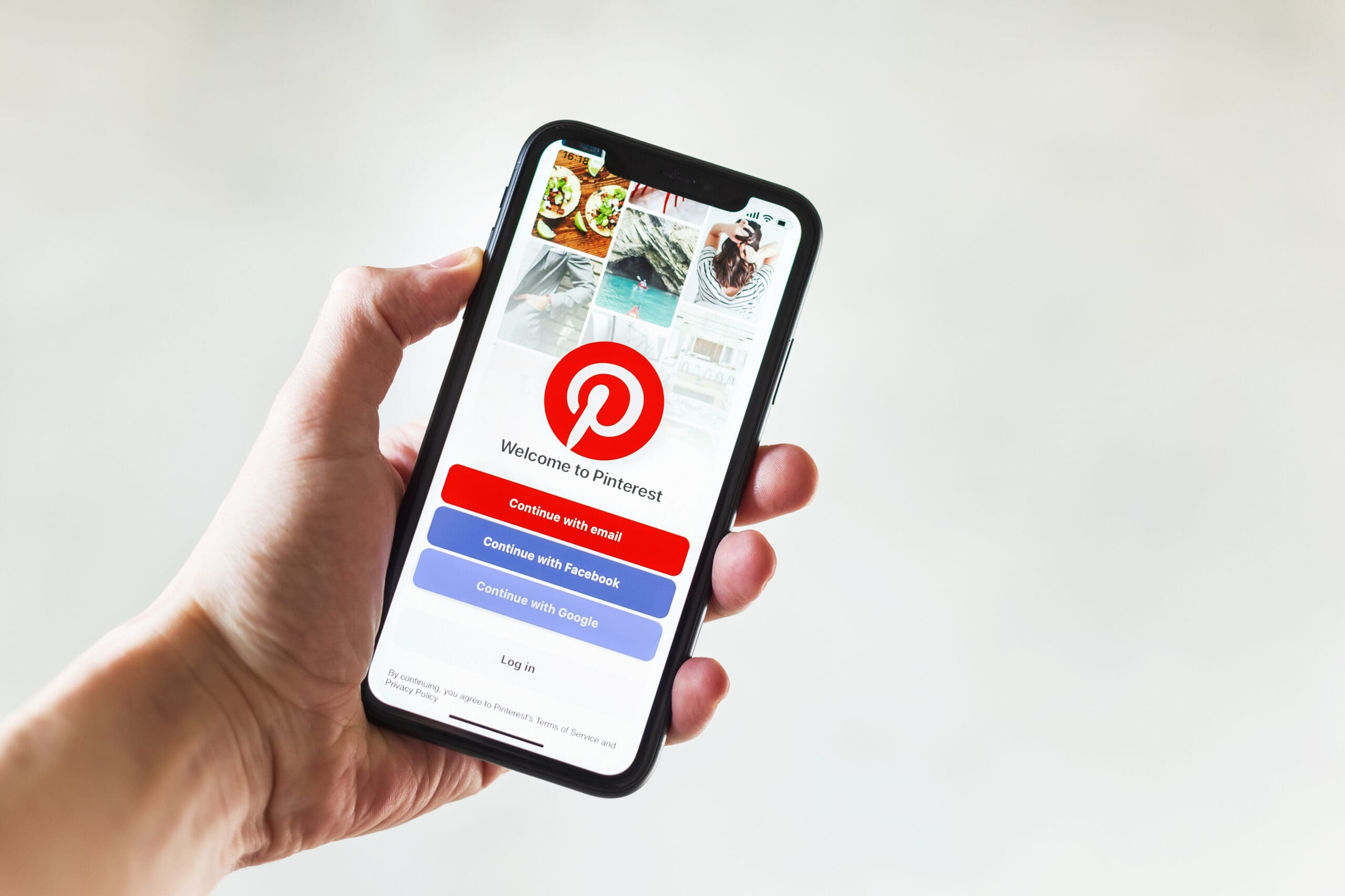When you’re building a product business, one of the best ways to increase margins is to lower production costs you’re paying to manufacture your products. See the below example:
| Cost: | $1.00 | |
| Wholesale Cost: | $2.00 | 50% Margin |
| Retail Price: | $4.00 | 75% Margin |
This pricing structure is often referred to as a double-double scenario, meaning retailers buy from you for double your cost and then sell to the customer at double their cost. Using that model, let’s see what happens if we increase our prices by 10% compared to reduce costs by 10%.
| Inc .Cost: | $1.10 | |
| Inc. Wholesale Price: | $2.20 | 54.5% Margin |
| Inc. Retail Price: | $4.40 | 77.3% Margin |
Now, let’s see what happens if we reduce cost but keep our wholesale price:
| Reduced Cost: | $.90 | |
| Wholesale Price: | $2.00 | 55% Margin |
| Retail Price: | $4.00 | 77.5% Margin |
If you’ve got a lot of brand equity, you can reduce costs while increasing prices to really juice your margins (looking at you, Apple).
Lower Your Costs, Increase Margins
Now granted, the margin differences between reducing costs and raising prices aren’t MASSIVELY different, but you also don’t lose any market share due to increasing costs. There are many brands we see that pay 30-50% more than they should be for their products. So how can you secure lower prices?
A good starting point is knowing how much your products should cost. One way we evaluate product costs is to grab a few data points to establish a price range of the final product. Here’s how it works.
- Open three tabs in your browser and navigate to Alibaba.com , AliExpress.com, and amazon.com.
- Search for your product on each of those websites. If your product is a custom product, look for something similar (i.e. if you have some kind of camera product you could look up dash cams or security systems instead).
- Take prices from products that look similar to yours and plug three prices from each source into the yellow fields on this sheet.[Adjust the expected price up or down depending on the customization of your product. If it’s better materials, custom design, etc., adjust up. If it is simpler or has fewer parts, adjust down.]
By averaging costs from supply sites and marketplace sites, you can identify a rough approximation of what your product actually costs to produce. This is a rough approximation of what your products probably actually cost to make. By finding similar products on websites that are currently for sale you know you’re going to be in the right ballpark and the prices are very real.
What if you have higher costs?
Keep in mind there are some situations where you will be paying a significantly higher price. When your products are custom, have expensive materials or have low order quantities, you may end up with a higher cost, but the above method can inform you on what long-term costs are achievable once you scale your brand. When negotiating with a factory don’t be shy about sharing the links you found and explicitly asking them, “how is this product achieving such a low price point?” The absolute worst case scenario is you learn something new about your competitors; the best case scenario is they relent on pricing or introduce you to a manufacturing level where those costs are achievable.
The lesson here is you can shop around to lower your costs and increase your profit. Let us know if you’ve been successful negotiating your rates!
Good luck!









